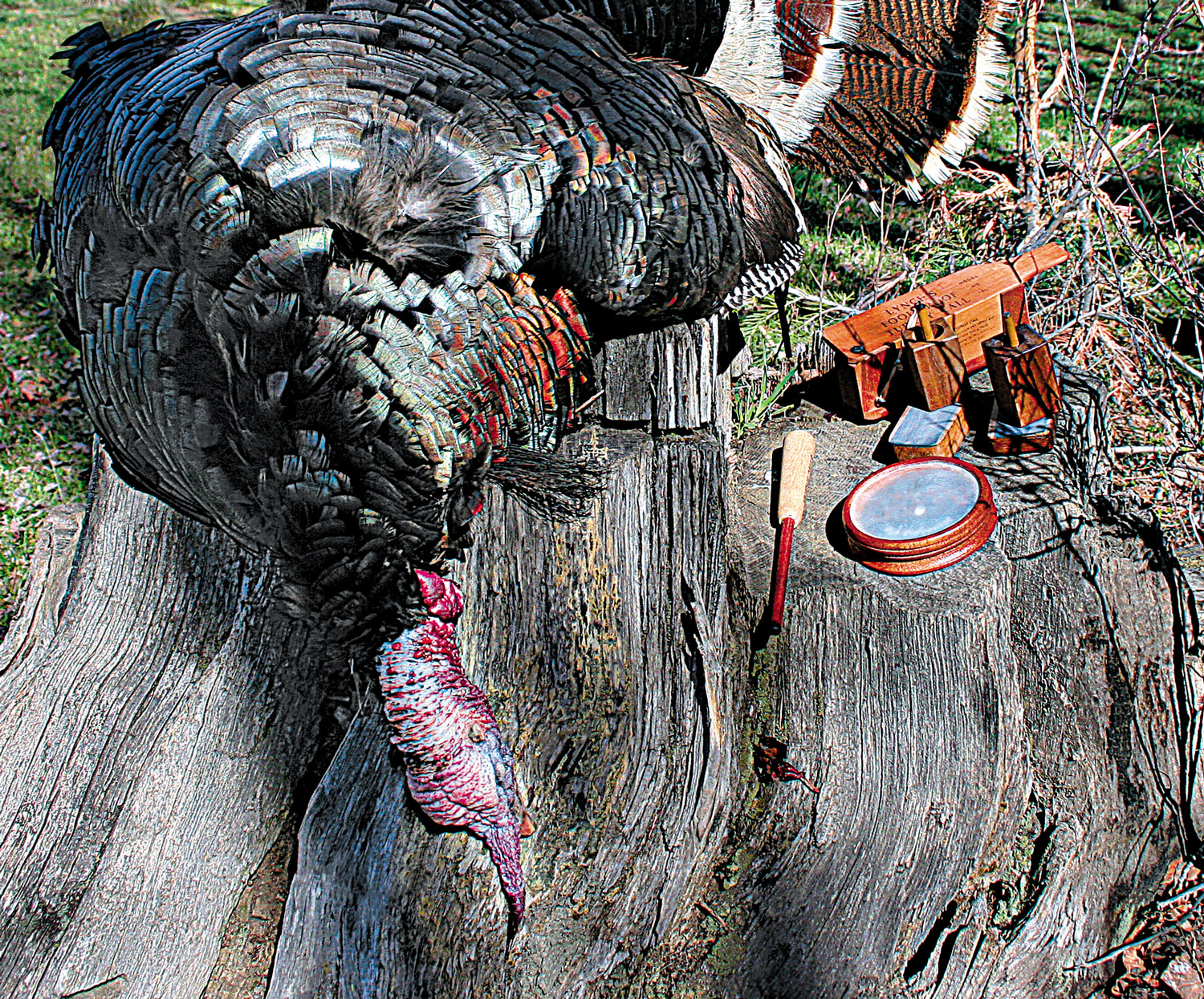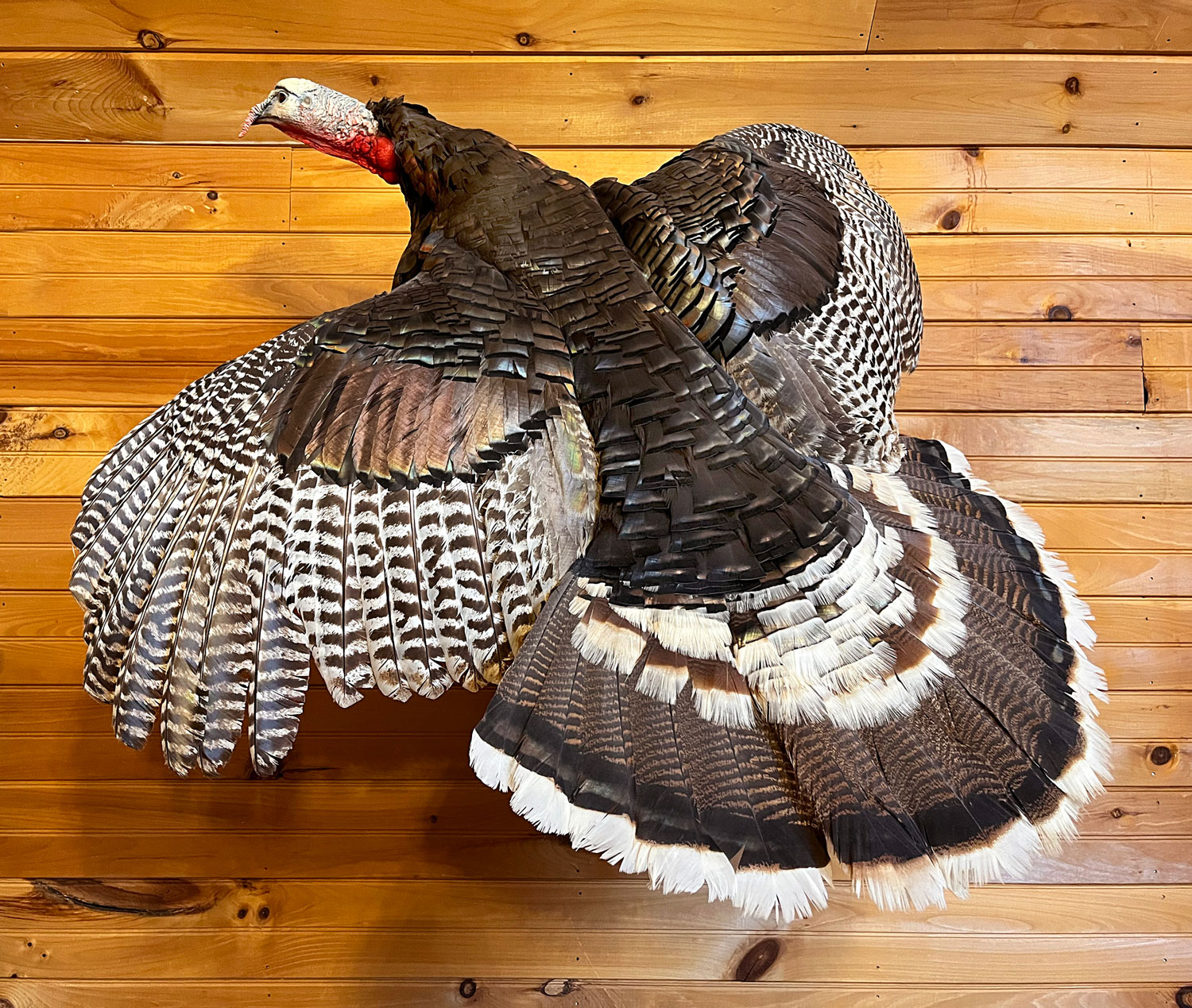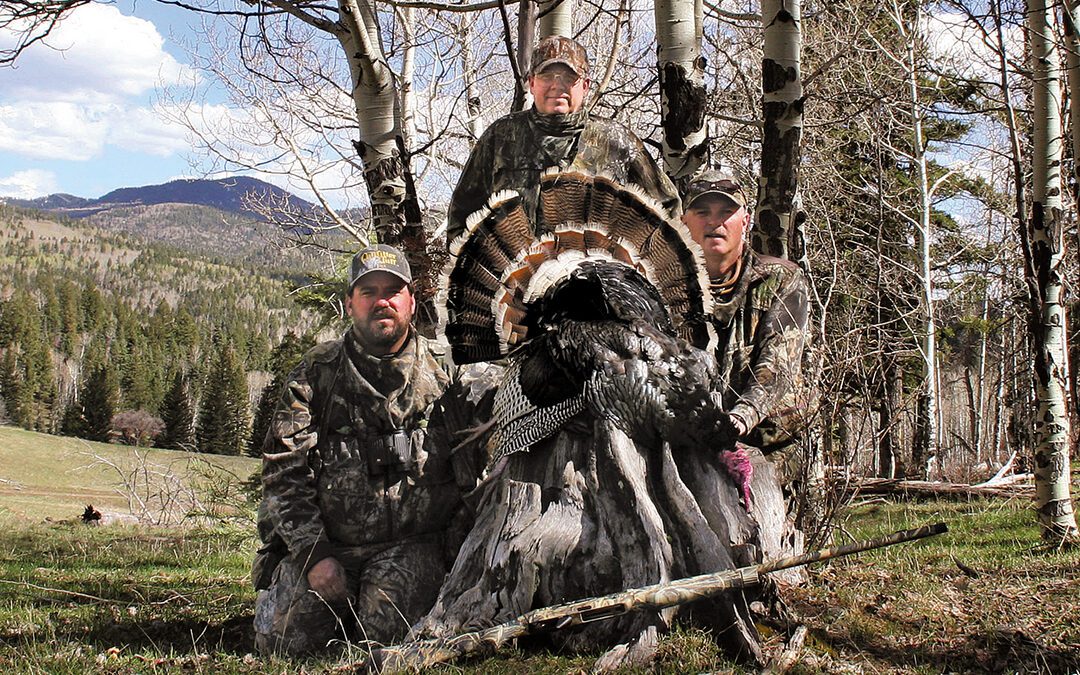I had first come to her in autumn, myself still nearly a youth, her lovely, angular shoulders discreetly draped in purple and amber and varying shades of gold, glowing soft and warm as she waited there to meet me in the cool blue, pre-dawn light just below the divide.
I had known her in summer, her voice as sweet as a dove’s cooing lament and her curves and undulations soothing to my wind-weary eyes.
I had seen her laid bare in winter, sleeping peacefully and covered in white, coy and inviting and beckoning me to come explore the sweet mysteries that lay waiting beneath the pale azure sheets under which she slept.
But I had never come to her in spring.
So when again I gazed upon her from afar and sensed her compelling summons and the longing for a season we both hoped would soon return, I was once more taken by her and loved her as though it were our first encounter.
Chama is a very private place.
At least she is for me.
Not so much a place, really, as a state of mind, a state of being. For each time my shoes touch her soaring slopes after too long an absence, it’s as though I can breathe easy again, her dry fragrant air once more flowing free and unencumbered around my frame and through my soul, and her ever-expanding vistas come rushing to me from distances I can only imagine back in the lesser elevations of my home so far to the East. And now I had returned to the Lodge and Ranch at Chama to hunt her enigmatic Merriam’s turkeys with my longtime friends Pat Carpenter and Terry Tiner.
We stole into the high country an hour before daylight but heard nothing all morning. Finally, Pat declared, “The only way I know to hunt turkeys when they’ve shut down like this is simply to set up someplace and try calling to them.”
There were two prime locations where we could try this strategy—up along the edges of the Ponderosas above the Silver Gate, and below the high saddle at the head of Sawmill Canyon. And since we were already bearing in that general direction, we continued climbing toward the saddle that bound Sawmill Canyon to the north.
Pat Carpenter and Terry Tiner know this land and know these birds, and they are two of the finest friends I’ve ever had. We came in from the west with the sun at our backs and began easing down the southern slopes along the shaded fringes of the budding aspens, and as I followed in their bootprints, my confidence in them was total. When we reached our destination, that confidence was confirmed.
To our right, the valley curved away to the south, and the open expanse in front of us led up into the dark timber 200 yards to the east. The saddle itself was 300 yards above us to the north, and we set up in the shaded edge of the aspens and pines at the base of the valley’s towering west ridge, so any bird that might come in from across the way would be looking directly into the lowering afternoon sun.
The set-up was perfect, and as Pat and I crawled into an old windfall, Terry climbed 80 yards up the shaded slope behind us overlooking the entire valley.
As soon as we were settled, we began calling, at first softly and intermittently, deliberately trying to sound as casual as possible. Then, Pat and Terry got into a heated debate, Pat with his signature glass call and Terry with his Lynch box. Finally, I joined with my own pair of box slates.
For two hours we sat there calling every 15 minutes or so as we listened and watched for any hint of movement. Occasionally, Terry would ease up and away to the west, then circle back down, calling as he went, hoping to convince any interested party that these alleged hens were not a sure thing who would stick around forever. Then, at 4:10, we heard a muffled gobble 300 yards to the south.
Immediately, we all began an earnest incantation, doing our best to communicate to this would-be suitor our pressing need for companionship and our sincere interest in his own well-being. We knew that with the late-day breezes now beginning to build, the likelihood of hearing more gobbles was fast becoming a somewhat hit-or-miss affair. But sure enough, 20 minutes later he gobbled again.
But had he moved? We really couldn’t tell with any degree of certainty, and even if he had, he was still a long way off.
If he gobbled after that, none of us heard him—nor probably could we have, for the breezes continued to swirl as the sun danced in and out of the white puffs of clouds racing east across a deep blue sky gone weary with the wind.
I don’t know how long we sat there calling, for time now held little meaning. For all the different types of calls that Pat carries, he’d never worked with one of these mahogany box slates like the ones I was using, and I had never seen a glass call like his. And so we swapped instruments.
My little slates are wonderful for producing a low soft purr, and Pat’s glass call had a warm yet far-reaching tone that seemed to light up the whole canyon. Even above the rustling wind I could hear the echoes of its penetrating voice circling the valley and returning to us unscathed.
“That’s neat,” I whispered, fumbling notes as I tried to get the hang of the straight-line, pencil-pulling motion of the peg that the rough, course-sanded glass required. “I’ve never heard a call quite like this before.”
For his part, it only took Pat a couple of tries to understand the circular, lifting stutter stroke that works best with my box slates, and after a series of perfect little yelps and purrs, he leaned over and whispered, “I get it. These things take a different motion than I’m used to.”
As quietly as possible I responded, “Yeah, you’re sounding really good—but it’s gonna take me a while to get the hang of this glass call.”
“Turkey!”
Pat’s low whisper said all it needed to say.
“Where?” . . . and before he could answer, I looked up and out across the valley and saw the old gobbler as he stepped from a notch in the aspens high to the east.
He was big and dark-bodied, with the feathers along the tips of his half-raised fan all edged in ivory, his lovely head pulsing blue and red in the late-afternoon sun.
Even from a distance we could sense his deliberation in the way he carried himself, searching for the hens he’d expected to be right here in plain sight. His head and wings were tipped down slightly, his chest was only partially puffed out, and he moved toward us with something of a sideways motion—more an elegant waltz than a closing strut, as though saving his best for the ladies.
“Big bird,” Pat whispered, his binoculars now trained on our approaching guest of honor as he bore across the valley in our direction, first down the sunlit slope, then up toward us as he meandered back and forth, searching for the mystery hens.
My gun was angled ten degrees to the left as he reached our side of the valley and began to alternately disappear and reappear in the aspens, now only 40 yards above us to the north.
No one dared call; nor did we need to. For even from so far down the valley and as he’d moved up the ridge, the tom had gained a good fix on our location and was now doing exactly what we wanted, and there was no need to do anything that might allow him to more accurately pinpoint our position.
My impression was that he was keyed primarily on Terry as he continued moving left to right, weaving in and out of the aspens and down-canyon across our line of sight until he had me turned in the wrong direction. Still, I dared not move as closer he came, now barely 20 yards in front of us as he disappeared behind some dense brush and an old weathered snag.
Now I could make my move, and I quietly pivoted to the right, my eyes focused down the rib of the barrel to the edge of the brush where I expected him to reappear, and I caught a subtle movement next to me as Pat’s hands cautiously came up to his ears.
And then he was there, stepping out just a foot or two to the right of the snag a dozen yards below us. He stopped and arched his back, then raised his pulsing magenta head, searching, ever searching for the love of his life. The thin gold bead on my barrel found the base of his thick blue neck, and the curve of my finger slowly tightened on the trigger and the whole valley was suddenly filled with the last sound the old gobbler ever heard.

The old Sawmill Canyon gobbler and the calls that did him in.
Both my companions immediately expressed their unqualified verbal approval, and Pat knocked me sideways as I eased my shotgun back on safety. Terry was off the ridge and on the bird before Pat and I could even get to our feet. I’m certain we were all saying something we hoped would be profound, but for the life of me, I can’t remember what it was. But no matter—words could never do justice to such a moment, for it was the feeling and emotion of sharing it with such close and committed friends that counted above all else.
Feathers were still floating in the breeze and tumbling away across the valley floor as Pat and I arrived on the scene. Terry thumped me hard on the other shoulder, and we all clasped hands high in the air.
Never had I seen such a stunning turkey. His rippling plumage seemed to have collected the very the essence of the high country, scattering its iridescence to the four winds. Everything about him exuded age and character. He was absolutely grand, made even grander by the magnificence of the setting and the warm fellowship of we three friends.

We found an old stump with character to match his own and carefully rested him on it and respectfully photographed him, then gathered our gear and recovered my single spent shell. Pat carried the shotgun and Terry the camera, and I carried our turkey as we made our way down the valley, then up and out through the narrow throat of the canyon and back to base.
But part of my spirit stayed up there with the old gobbler’s that evening at the head of Sawmill Canyon, once again breathing easy and resting peacefully alongside the few ivory-tipped feathers still glowing softly in Chama’s warm seductive light.
It rests there still.
In addition to springtime turkey hunting, The Lodge and Ranch at Chama provides legendary elk hunting in the fall and great trout fishing in the summer. Visit www.LodgeAtChama.com or call 575-756-2133.
The author always welcomes and appreciates your comments, questions, critiques, and input. Please keep in touch at Mike@AltizerJournal.com

